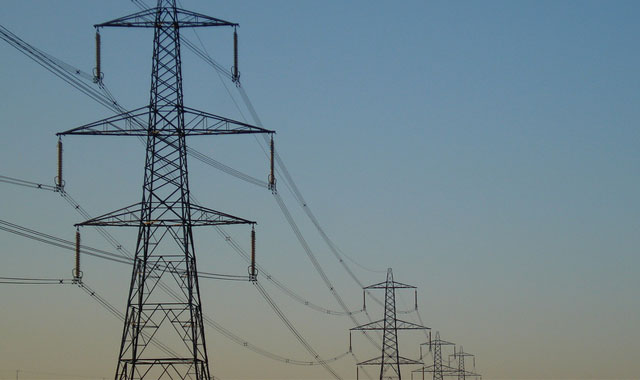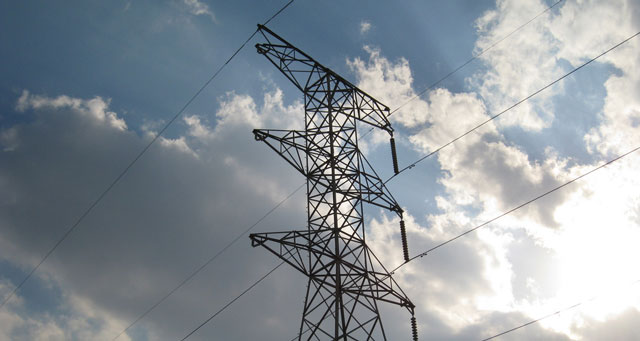
The release of South Africa’s long-awaited update to the Integrated Resource Plan is certain to inspire renewed debate about the country’s energy future. Once public consultation has taken place, the plan will drive policy decisions on the mix of renewables, nuclear, coal and gas-fired power generation to be added to the grid until 2050.
In briefing the media, energy minister Tina Joemat-Pettersson pointed to a number of factors that had been incorporated in the updated plan. Importantly, it addresses the fundamental shift in South Africa’s electricity demand; the implications of technological innovation in decreasing the costs of renewables; and the addition of new generating capacity that has quickly turned the country’s electricity deficit to surplus.
But one important matter is surprisingly absent in the discussion. Can the county afford the energy plan?
In normal times, an energy plan might not need to focus on issues of finance and funding. But with South Africa’s credit rating under review, national treasury’s ability to provide support to the sector reaching its limits, and Eskom’s finances under threat, normal does not apply.
In looking at funding issues, the first point to clarify is that private-sector development of power projects offers no panacea. It is largely irrelevant whether these facilities are developed by the private sector or through public-private partnerships. In either case, government will need to provide financial guarantees to make them bankable.
This has been the case for government’s partnership with the private sector in bringing more than 1,8GW of renewable power generation online, and for Eskom’s capital expansion programme which will add well over 10GW of new power generation capacity to the grid by 2022.
The problem is that government guarantee exposure to the power sector is already very high. At some R368bn at the start of the financial year, this represents the lion’s share of total government guarantee exposure of some R467bn.
This very point was raised by two rating agencies late last week. Moody’s Investor Services highlighted the “downward pressure” on the nation’s credit rating brought about by the accumulation of these contingent liabilities while Fitch Ratings cited concern over the level of government guarantees to independent power producers.
Eskom is essentially the “man in the middle”. Government is relying on the utility’s ability to repay borrowings used to fund its capital expansion programme, and pay for power supplied from the private sector. Government stands as guarantor for both.
How is Eskom proposing to meet its obligations? First up, it sees tariffs needing to increase by some 13,6% year-on-year through to 2021 to cover the costs of power purchases. Add to this the cost of borrowings needed to complete Eskom’s build programme. This could add another R50bn or more to the tariff base by 2022.
The probability of Eskom receiving double-digit tariff increases to the end of the decade has to be low. Consumer sentiment is negative, and there is a growing backlog of tariff determinations awaiting resolution in the courts.
If adding to these risk factors the hundreds of billions of added exposure indicated under the Integrated Resource Plan “base case”, the question to put to treasury is: “Are you feeling lucky”?

Forecasting demand
With power cuts still in the minds of many, it is perhaps difficult to appreciate the significant shift from deficit to surplus power supply achieved this past year. With two of the world’s largest power generating stations under construction and electricity usage trending downwards, South Africa may have an excess of generating capacity for some time to come.
In addressing these issues, the revised plan has set back new build nuclear power plants to 2037, and re-phased other new build dates as well. Still, significant levels of additional generation capacity are called for as early as 2021. These accumulate throughout the decade and beyond.
Planned-for generating capacity is driven by assumptions on future electricity demand, and studies will have been carried out in forming these estimates. To the degree that the assumptions on future demand drive investment plans — and they do — there are a couple of points worth mentioning.
The plan assumes trend growth in electricity demand of 2,7%/year. This is probably overstated for two reasons. First, there is the tendency to be overly optimistic on assumed GDP growth, which largely drives estimates of electricity consumption. This was the case in the 2010 version of the Integrated Resource Plan, and the same could be said for the revised plan.
Perhaps of greater significance is how electricity demand is assumed to respond to price increases. In looking at inputs to previous iterations of the plan, the price response catered for was based on the assumption that a doubling of tariffs leads to a 0,02% decrease in usage.
This is wrong, as backed up by numerous studies and just plain common sense. Electricity usage at residential, commercial and industrial levels does respond to large price increases. The tariff increases needed to recover the costs of additional generating capacity are substantial, and would no doubt add downward pressure on electricity demand.
This matters a great deal because the assumption about how much more demand there will be drives the plan’s capital expansion requirement. It points to the need to add, on average, almost 4,2GW of generating capacity per year for the duration of the planning horizon — roughly equivalent to building another Medupi power station every 14 months up to 2050.
A bankable energy plan
The process for finalising the plan includes cabinet approval. Perhaps this is why the plan does not focus on investment and funding. That said, does it make sense to develop an energy plan that is unlikely to be bankable?
But let’s hope that this assumption is wrong, and that tariffs can remain stable in the face of increasing costs, that Eskom’s finances are strong, and that national treasury can sustain further increases to its exposure to the power sector.
With the contentious issue of nuclear build seemingly pushed back to 2037, perhaps there will now be time to consider these more pressing issues facing the energy sector.![]()
- Stephen Labson is MD of Sleconomics and senior research fellow at the University of Johannesburg
- This article was originally published on The Conversation




